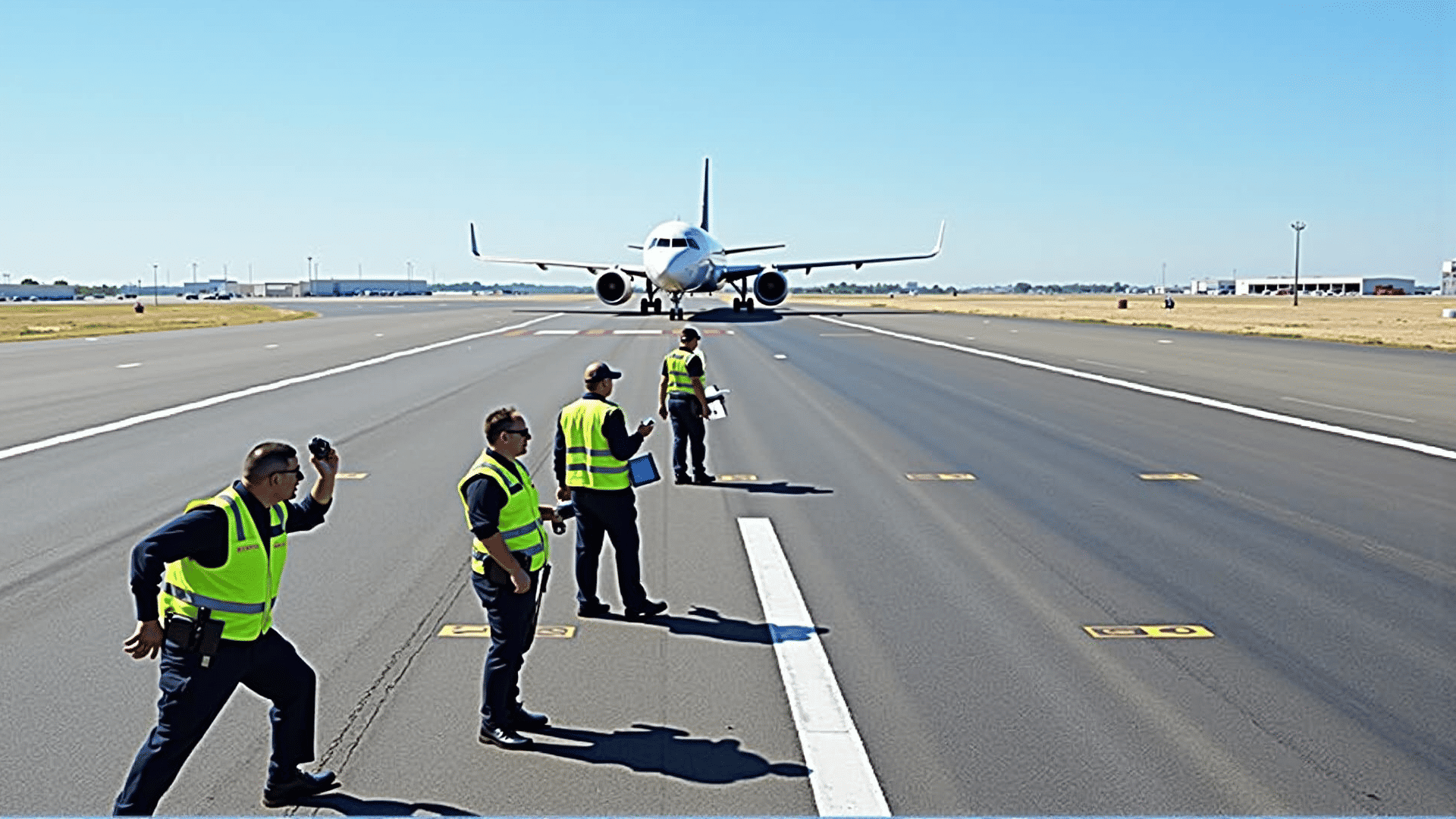Ensuring the well-being of those who travel by air involves a complex web of regulations and protocols designed to protect both passengers and aircraft. Within the aerodrome environment, these safety measures are meticulously crafted and enforced to maintain a secure atmosphere where potential hazards are effectively managed.
Central to the safeguarding of aerodromes is the continuous monitoring and maintenance of the infrastructure. Runways and taxiways are inspected on a routine basis to ensure they remain free of debris that could pose a threat to aircraft operations. Advanced surface technology and regular upkeep keep them in optimal condition, minimizing the risk of incidents during take-off and landing phases.
Another crucial element is the coordination between ground staff and air traffic control. Communication systems enable a seamless exchange of information, ensuring that all parties are aware of the current operational status and any potential issues. This cooperation is vital for managing the movement of aircraft on the ground and in the sky, reducing the likelihood of collisions or miscommunications.
Safety protocols also extend to the people within the aerodrome's boundaries. Personnel are required to undergo extensive training, familiarizing them with emergency procedures and the specifics of their role in maintaining safety standards. Whether it involves fire response teams ready to act at a moment's notice or ground crew trained in de-icing techniques, the preparedness of staff is paramount.
Additionally, modern technology plays a significant role in enhancing safety. Surveillance equipment and automated systems work alongside human oversight to detect and address threats. For instance, bird detection radar helps mitigate bird strike risks, while advanced weather monitoring systems provide real-time data to anticipate and adapt to changing conditions.
A comprehensive approach to safety requires regular drills and evaluations. Simulated emergency situations allow both staff and systems to be evaluated, identifying areas needing improvement and ensuring readiness. Feedback is utilized to refine procedures, keeping them aligned with the latest standards and innovations in aviation safety.
Finally, fostering a culture of safety within the aerodrome is essential. Encouraging staff to report potential risks without fear of reprisal creates an environment where safety is prioritized and continuously improved. This proactive stance ensures that even the smallest issues are addressed before they can escalate into significant threats.
In conclusion, the intricate safety measures within aerodromes serve as the backbone of aviation security. Through rigorous inspection, cooperation between ground and air operations, advanced technology, and a culture of vigilance, aerodromes can provide a safe and secure environment for all who pass through them.
